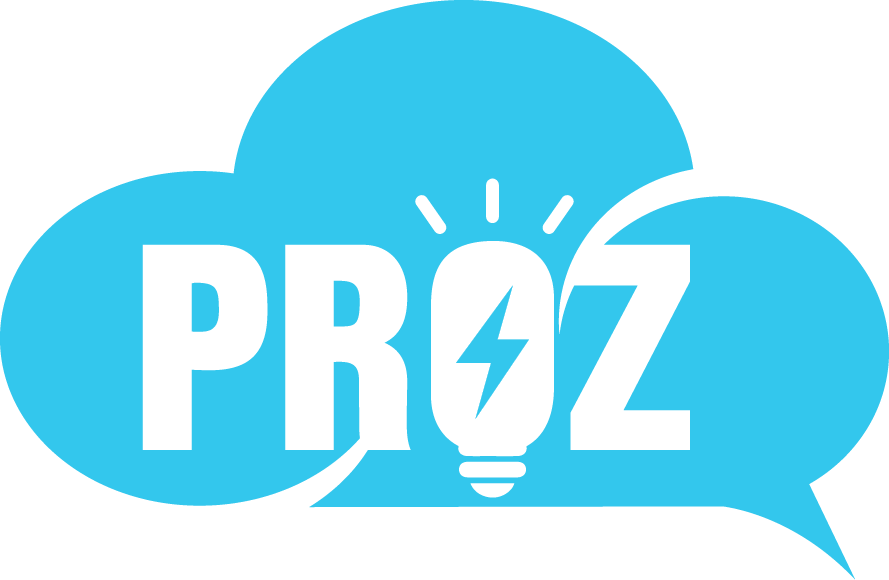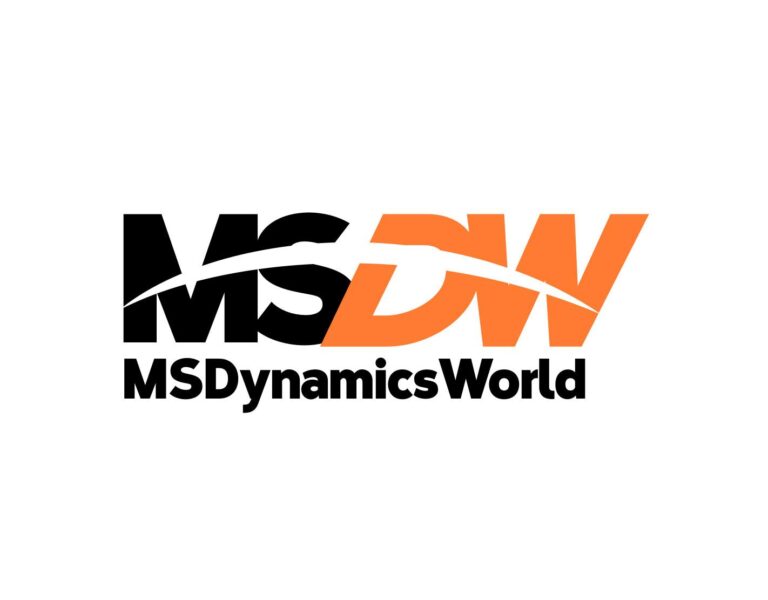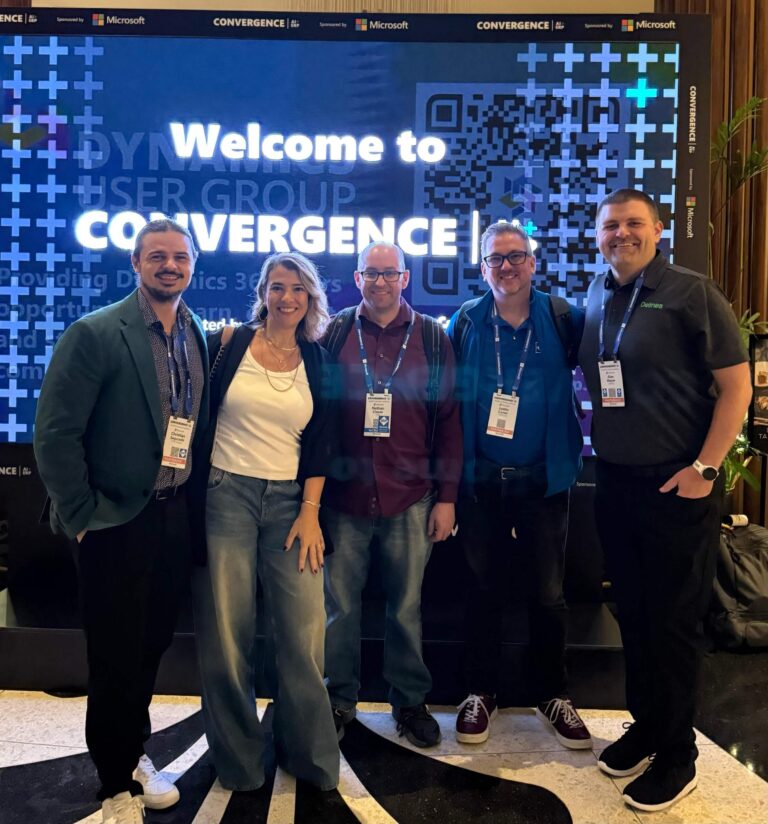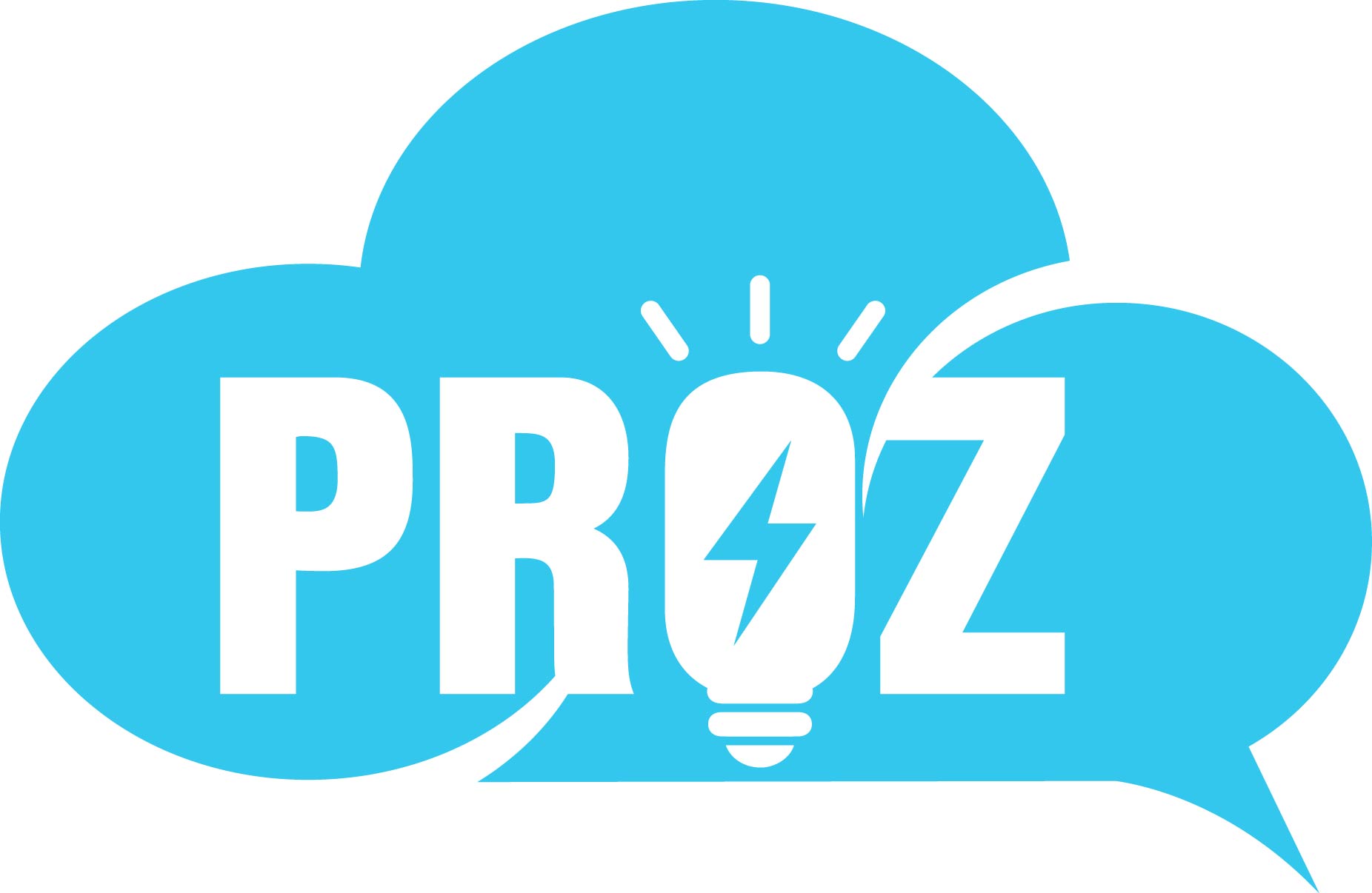Higher education institutions face increasing challenges in managing student engagement. U.S. college enrollment declined by approximately 4% between fall 2020 and fall 2023, with persistence and retention costs rising significantly. At the same time, the global higher education CRM market was valued at roughly $2.8 billion in 2024, and it is projected to reach $3.3 billion by 2028 and over $10 billion by 2033.
As of 2024, about 41–50% of universities and colleges had adopted CRM systems, with an additional 42% considering implementation. The adoption rate continues to rise given digital transformation pressures and student demand for personalized interaction. Salesforce for Education addresses these needs, offering a centralized platform to manage student relationships, drive engagement, and support data-informed decision‑making.
What Is Salesforce CRM in Education?
Salesforce for Education adapts CRM technology for schools and universities. It centralises data from admissions, academics, financial aid, and student services. Users build a 360° view of each student and support proactive outreach. This lets staff respond to individual needs and trends. It improves efficiency in admissions, retention, and alumni relations.
Why CRM Matters in Education
1. Admissions Management
Sales teams benefit from CRM. Likewise, admissions teams handle large applicant volumes. Salesforce helps track inquiries, applications, and decision outcomes. Staff see which channels drive leads. They can segment prospects by geography, major, or demographics.
2. Onboarding and Orientation
New students often need multiple touchpoints. Salesforce automates orientation schedules, reminders, and check-ins. Staff track attendance and feedback. This improves early engagement and reduces drop‑outs.
3. Academic Advising
Advisors get a unified student profile with academic history, course load, and support services. They can plan interventions for at‑risk students. Alerts notify staff when grades slip or attendance drops.
4. Student Support Services
Health services, counseling, and career centers share data on student interactions. Salesforce ensures consistent follow-up. Administrators measure service usage and outcomes.
5. Alumni Tracking
A CRM records alumni engagement and giving history. Schools build targeted campaigns for fundraising and events. Salesforce integrates with marketing and philanthropy tools.
Key Technical Features of Salesforce for Education
Data Model and Architecture
Salesforce Education Cloud uses custom objects like Admissions, Student, Course Enrollment, Academic Program, Support Interaction. Institutions extend objects via custom fields to match internal processes.
Automation Tools
- Flows: Automate tasks such as sending orientation reminders.
- Process Builder: Trigger actions when application status changes.
- Workflow Rules: Send email alerts when GPA or attendance thresholds cross.
Integration Capabilities
Salesforce connects via APIs to SIS (student information systems), LMS (learning management systems), and payment platforms. Integration middleware like MuleSoft enables secure, bi‑directional data flow.
Analytics and Reporting
Einstein Analytics displays dashboards for enrollment trends, yield rates, retention metrics, and academic performance. Staff access real‑time metrics and forecasts.
Security and Compliance
Salesforce supports GDPR, FERPA, and local data protection laws. The platform provides role‑based access, field‑level encryption, and audit logs. Administrators control who sees sensitive student data.
Custom CRM Development Solutions
Some institutions adopt out‑of‑the‑box solutions. Others require custom features. Custom CRM development solutions let teams tailor workflows and interfaces. For example:
- Define application pipelines per program
- Configure custom intake forms with dynamic logic
- Automate batch assignment to evaluators
- Build calendar scheduling for advising sessions
Such development requires ability in Salesforce Apex, Visualforce, Lightning Web Components, and integration tools. Teams may use AppExchange components or develop internal modules.
Role of a Salesforce Development Company
Universities often partner with external experts for complex implementations. A Salesforce Development Company provides:
- Assessment of current systems and business needs
- Custom solution design, including data model and architecture
- Development in Apex, Lightning, and integrations
- Training for staff and ongoing technical support
- Deployment, testing, and maintenance cycles
Engaging a qualified Salesforce Development Company ensures best practices in performance, security, and scalability.
Implementation Strategy: Step-by-Step
|
Phase |
Focus |
Key Activities |
|
Discovery |
Understand requirements |
Interview staff, map existing processes |
|
Design |
Model data and processes |
Build ERD, custom objects, automation blueprint |
|
Development |
Build system |
Code Apex triggers, flows, UI components |
|
Integration |
Connect data sources |
Use APIs or middleware to sync SIS/LMS |
|
Testing |
Validate system |
Unit tests, security review, end‑user acceptance |
|
Training |
Prepare users |
Conduct workshops, deliver user guides |
|
Launch |
Go-live preparation |
Data migration, transition plan |
|
Support |
Sustain operations |
Helpdesk, updates, feature enhancements |
Best Practices for Success
- Involve stakeholders early: Admissions, academic advising, financial aid, tech teams must all contribute.
- Start small and iterate: Begin with core modules such as admissions and advising. Roll out additional functions later.
- Ensure data quality: Clean migration data carefully. Create validation rules inside Salesforce.
- Provide training and governance: Regular training encourages staff adoption. Governance policies maintain system integrity.
- Monitor performance and evaluate: Use dashboards to track usage, service response, retention rates, and enrolment metrics.
Measuring Return on Investment
To justify investment, institutions assess outcomes such as:
- Increased yield rate in admissions
- Improved retention between first and second year
- Higher appointment completion in advising
- Faster response to student support requests
- Growth in alumni engagement or donations
Salesforce dashboards track these KPIs. Staff can drill into cohorts or individual cases. Improved data visibility helps staff identify root causes and adapt strategies.
Case Study Example (Hypothetical University)
State University deployed Salesforce Education Cloud to manage end‑to‑end student lifecycle. They tracked 40,000 applicants annually. The team created custom application pipelines. They automated orientation outreach. They integrated with their SIS and LMS. Over two years, yield rates increased by 8%, first‑year retention improved by 6%, and advising load per counselor dropped by 15%. Data quality improved with automated validation rules.
That success reflects thoughtful use of custom CRM development solutions alongside strong analytics and continuous improvement.
Technical Considerations
Scalability
Institutions with tens of thousands of students need high data volume (HDV) design. Salesforce offers Bulk API, batch Apex, and archiving features. Developers partition data when necessary and use indexes in SOQL queries.
Custom Code Governance
A Salesforce Development Company applies code review and version control. They enforce unit test coverage. CI/CD pipelines deploy changes across sandboxes and production.
Data Integration Methods
- API‑based sync: REST or SOAP APIs exchange records with SIS.
- Middleware platforms: MuleSoft handles complex orchestration and transformation.
- ETL tools: Bulk loads for historical data migration.
Security Strategy
Implement role hierarchies, sharing rules, permission sets, field‑level security. Sensitive fields may require encryption or masking. Audit trails record user activity.
Benefits for Students and Staff
- Students receive timely communications tailored to their needs.
- Advisors have full context for each student.
- Support staff track service delivery end‑to‑end.
- Leaders gain visibility into institutional metrics.
- IT teams maintain a unified platform and reduce system silos.
Challenges and Mitigation
|
Challenge |
Mitigation |
|
Resistance to change |
Provide training and support. Show clear benefits. |
|
Data privacy compliance |
Use native Salesforce encryption and access controls. |
|
Complex integrations |
Plan phased integration. Use middleware. Test extensively. |
|
Cost management |
Define scope clearly. Use modular release planning. |
Conclusion
Salesforce plays a key role in managing student relationships at modern institutions. Its technical depth, automation tools, integration capacity, and analytics capabilities make it a strong CRM solution. Schools that invest in custom CRM development solutions and partner with a Salesforce Development Company achieve a system that reflects real operational needs. They gain measurable improvements in admissions, retention, advising, and alumni engagement. By applying best practices, institutions deliver data‑driven student support and meaningful outcomes.







